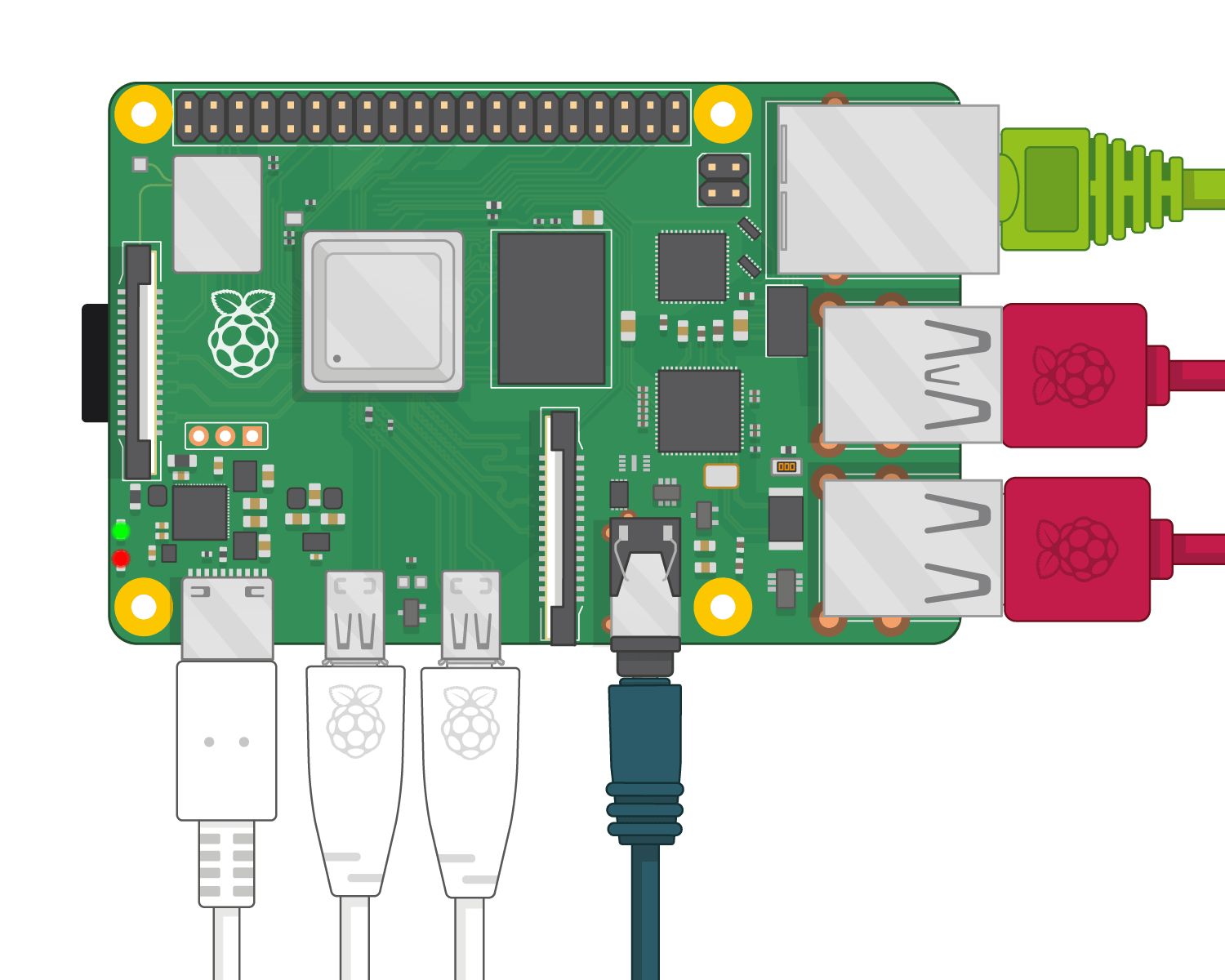RemoteIoT VPC SSH Raspberry Pi AWS Download Windows Free: A Comprehensive Guide
Detail Author:
- Name : Mrs. Charlotte Zulauf I
- Username : calista.nader
- Email : kling.london@bosco.info
- Birthdate : 1982-04-14
- Address : 4699 Keshaun Tunnel Port Brielle, MS 95017
- Phone : (628) 658-5855
- Company : Rau, Vandervort and Swaniawski
- Job : Locker Room Attendant
- Bio : Non architecto harum quam necessitatibus. Eligendi et pariatur doloremque velit autem. Sit eum dolorum fugit consequatur qui beatae eveniet. Dolor nostrum sint sunt eveniet.
Socials
instagram:
- url : https://instagram.com/langwortha
- username : langwortha
- bio : Ab laboriosam velit voluptas aut unde dignissimos cum omnis. Inventore enim vel assumenda et.
- followers : 5838
- following : 1376
tiktok:
- url : https://tiktok.com/@anastacio.langworth
- username : anastacio.langworth
- bio : Et omnis facilis rem eos qui est culpa.
- followers : 771
- following : 782
Are you looking for a way to securely manage your Raspberry Pi devices through AWS using RemoteIoT VPC SSH? This powerful combination allows you to remotely access your devices with ease, ensuring both security and efficiency. Whether you're a developer, IT professional, or tech enthusiast, understanding how to integrate these technologies can significantly enhance your workflow. In this article, we will explore everything you need to know about RemoteIoT VPC SSH, Raspberry Pi, AWS, and how to download the necessary tools for Windows for free.
The integration of RemoteIoT with AWS Virtual Private Cloud (VPC) and SSH provides a seamless solution for managing remote devices. By leveraging the capabilities of AWS, you can establish a secure and reliable connection to your Raspberry Pi devices. This setup not only ensures data privacy but also allows you to monitor and control your devices from anywhere in the world. With the growing demand for remote device management, mastering this setup is essential for anyone working with IoT technologies.
In this guide, we will cover the step-by-step process of setting up RemoteIoT VPC SSH with Raspberry Pi on AWS. Additionally, we will discuss how to download and configure the necessary tools on Windows for free. By the end of this article, you will have a clear understanding of how to implement this solution and maximize its potential. Let’s dive into the details and explore the possibilities of RemoteIoT VPC SSH Raspberry Pi AWS.
Table of Contents
Introduction to RemoteIoT
RemoteIoT is a cutting-edge platform designed to simplify remote device management. It provides a secure and scalable solution for accessing and controlling IoT devices from anywhere in the world. By integrating RemoteIoT with AWS VPC and SSH, users can establish a secure connection to their devices, ensuring both privacy and reliability. RemoteIoT is particularly useful for managing Raspberry Pi devices, which are widely used in IoT applications due to their versatility and affordability.
The platform offers a range of features, including real-time monitoring, remote access, and device management. These features make it an ideal choice for businesses and individuals looking to streamline their IoT operations. With RemoteIoT, you can easily manage multiple devices, monitor their performance, and troubleshoot issues without being physically present. This level of flexibility is crucial for modern IoT applications, where devices are often deployed in remote or inaccessible locations.
One of the key advantages of RemoteIoT is its compatibility with AWS. By leveraging AWS VPC, users can create a secure network environment for their IoT devices. This ensures that all communication between devices and the cloud is encrypted and protected from unauthorized access. Additionally, RemoteIoT supports SSH, which provides an extra layer of security for remote access. Together, these technologies form a robust solution for managing IoT devices with confidence.
Understanding VPC and SSH
Before diving into the setup process, it’s important to understand the role of AWS VPC and SSH in remote device management. AWS VPC (Virtual Private Cloud) is a service that allows users to create a private network within the AWS cloud. This network is isolated from other AWS users, providing a secure environment for deploying and managing resources. By using VPC, you can control access to your devices and ensure that all communication is encrypted.
SSH (Secure Shell), on the other hand, is a protocol used to securely access remote devices over an unsecured network. It provides a secure channel for executing commands, transferring files, and managing devices remotely. SSH is widely used in IoT applications because it ensures that all communication between the user and the device is encrypted. This prevents unauthorized access and protects sensitive data from being intercepted.
When combined, AWS VPC and SSH form a powerful solution for remote device management. VPC provides the infrastructure for creating a secure network, while SSH ensures that all communication within that network is encrypted. This combination is particularly useful for managing Raspberry Pi devices, which often require remote access for configuration and troubleshooting. By leveraging these technologies, you can create a secure and reliable environment for your IoT devices.
Raspberry Pi in IoT Applications
Raspberry Pi has become a cornerstone of IoT applications due to its versatility, affordability, and ease of use. These small, single-board computers are capable of running a wide range of applications, from home automation to industrial monitoring. Raspberry Pi devices are particularly popular in IoT projects because they can be easily customized and integrated with other technologies, such as AWS and RemoteIoT.
Key Features of Raspberry Pi
- Compact Design: Raspberry Pi devices are small and portable, making them ideal for IoT applications where space is limited.
- Low Power Consumption: These devices consume minimal power, which is essential for battery-operated IoT projects.
- Versatile Connectivity: Raspberry Pi supports a wide range of interfaces, including Wi-Fi, Bluetooth, and Ethernet, enabling seamless integration with other devices.
- Open-Source Community: Raspberry Pi has a large and active community, providing access to a wealth of resources, tutorials, and support.
The combination of these features makes Raspberry Pi an excellent choice for IoT projects. Whether you're building a smart home system or monitoring industrial equipment, Raspberry Pi provides the flexibility and performance needed to succeed. By integrating Raspberry Pi with AWS and RemoteIoT, you can unlock even greater potential, enabling secure and efficient remote device management.
AWS Integration for RemoteIoT
Integrating RemoteIoT with AWS is a straightforward process that involves configuring your AWS VPC and setting up the necessary permissions. AWS provides a range of tools and services that make it easy to create a secure network environment for your IoT devices. By leveraging these tools, you can ensure that your devices are protected from unauthorized access and that all communication is encrypted.
Steps to Integrate AWS with RemoteIoT
- Create a VPC: Start by creating a Virtual Private Cloud in your AWS account. This will serve as the secure network environment for your IoT devices.
- Configure Subnets: Divide your VPC into subnets to organize your devices and control access. This ensures that devices are isolated from each other, reducing the risk of unauthorized access.
- Set Up Security Groups: Use security groups to define the rules for inbound and outbound traffic. This allows you to control which devices can communicate with each other and with the cloud.
- Enable SSH Access: Configure your VPC to allow SSH access to your devices. This ensures that you can securely manage your devices remotely.
- Integrate RemoteIoT: Finally, integrate RemoteIoT with your AWS VPC to enable remote device management. This involves configuring the necessary settings and permissions in both platforms.
By following these steps, you can create a secure and reliable environment for managing your IoT devices. AWS integration not only enhances the security of your setup but also provides the scalability needed to support multiple devices. This makes it an ideal solution for businesses and individuals looking to streamline their IoT operations.
Step-by-Step Setup Guide
Setting up RemoteIoT VPC SSH with Raspberry Pi on AWS involves several steps, each of which is crucial for ensuring a secure and reliable connection. Below is a detailed guide to help you through the process.
Step 1: Prepare Your Raspberry Pi
Before you begin, ensure that your Raspberry Pi is properly configured and connected to the internet. Install the necessary software, such as the AWS CLI and SSH client, to enable communication with AWS. You may also need to update your Raspberry Pi’s operating system to ensure compatibility with AWS services.
Step 2: Create an AWS Account
If you don’t already have an AWS account, sign up for one at AWS. Once your account is set up, navigate to the AWS Management Console and create a new VPC. Configure the VPC settings to match your requirements, including the IP range and subnets.
Step 3: Configure Security Groups
Security groups act as virtual firewalls for your VPC, controlling inbound and outbound traffic. Create a new security group and define the rules for SSH access. Ensure that only trusted IP addresses are allowed to connect to your devices.
Step 4: Enable SSH Access
Generate an SSH key pair in your AWS account and download the private key to your local machine. Use this key to establish an SSH connection to your Raspberry Pi. Ensure that the key is stored securely and that access is restricted to authorized users.
Step 5: Integrate RemoteIoT
Finally, integrate RemoteIoT with your AWS VPC by following the platform’s documentation. This involves configuring the necessary settings and permissions in both AWS and RemoteIoT. Once the integration is complete, you can begin managing your devices remotely.
Downloading Tools for Windows
To manage your Raspberry Pi devices remotely, you’ll need to download and install the necessary tools on your Windows machine. Fortunately, many of these tools are available for free and can be easily installed.
Required Tools
- PuTTY: A popular SSH client for Windows. Download it from PuTTY.
- AWS CLI: The AWS Command Line Interface allows you to interact with AWS services. Download it from AWS CLI.
- RemoteIoT Client: The RemoteIoT client software enables you to connect to your devices securely. Download it from the RemoteIoT website.
Once you’ve downloaded these tools, follow the installation instructions provided by each software provider. Ensure that all tools are properly configured and that you have the necessary permissions to access your devices.
Security Considerations
Security is a critical aspect of remote device management. When setting up RemoteIoT VPC SSH with Raspberry Pi on AWS, it’s important to follow best practices to ensure the safety of your devices and data.
Best Practices for Security
- Use Strong Passwords: Ensure that all accounts and devices are protected with strong, unique passwords.
- Enable Two-Factor Authentication: Add an extra layer of security by enabling two-factor authentication for your AWS and RemoteIoT accounts.
- Regularly Update Software: Keep your Raspberry Pi and all related software up to date to protect against vulnerabilities.
- Monitor Network Traffic: Use AWS tools to monitor network traffic and detect any suspicious activity.
- Restrict Access: Limit access to your devices and network to trusted users only.
By following these best practices, you can minimize the risk of unauthorized access and ensure the security of your IoT devices.
Troubleshooting Tips
Even with careful planning, issues can arise when setting up RemoteIoT VPC SSH with Raspberry Pi on AWS. Below are some common troubleshooting tips to help you resolve any problems you may encounter.
Common Issues and Solutions
- SSH Connection Fails: Ensure that your security group rules allow SSH access and that the correct key pair is being used.
- Device Not Responding: Check the network configuration and ensure that your Raspberry Pi is connected to the internet.
- AWS Permissions Error: Verify that your IAM roles and permissions are correctly configured in AWS.
- RemoteIoT Integration Fails: Review the RemoteIoT documentation and ensure that all settings are correctly configured.
If you encounter any other issues, consult the documentation for AWS, RemoteIoT, and Raspberry Pi. Additionally, consider reaching out to the support teams for

